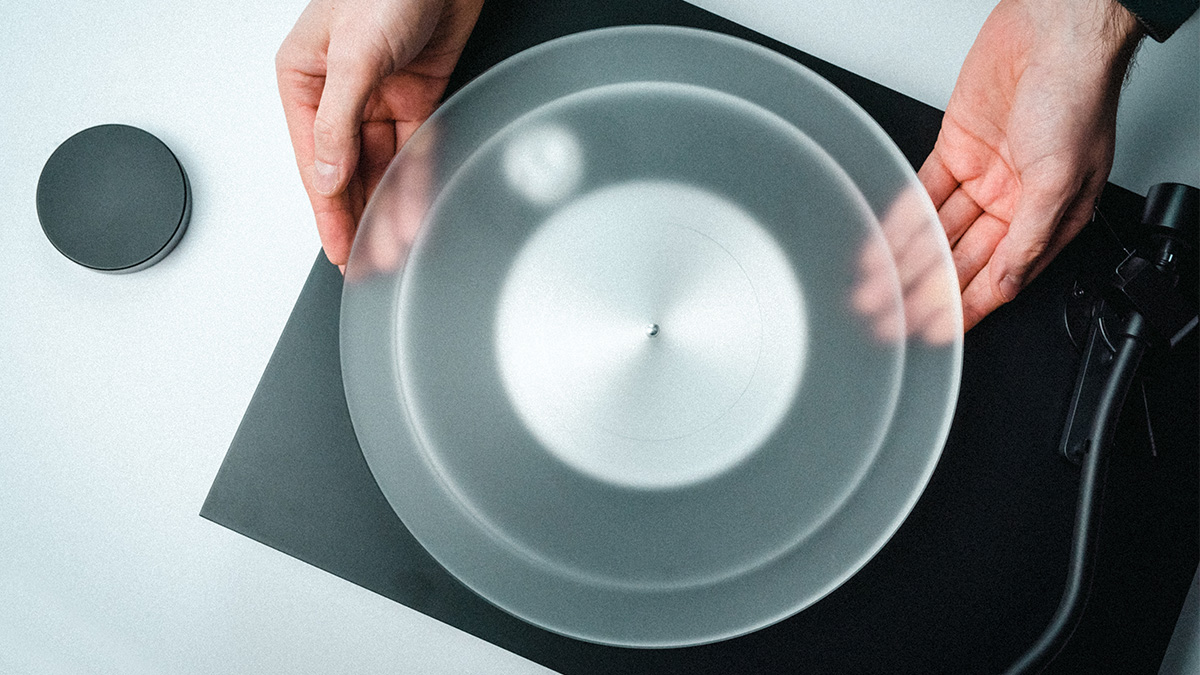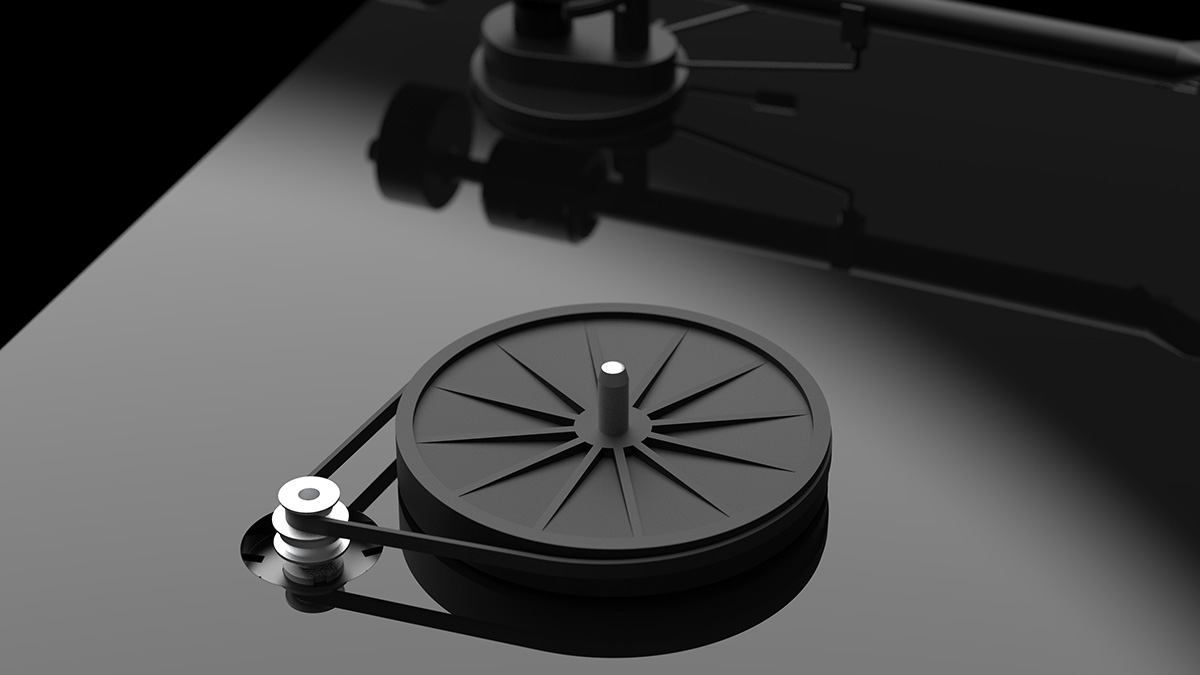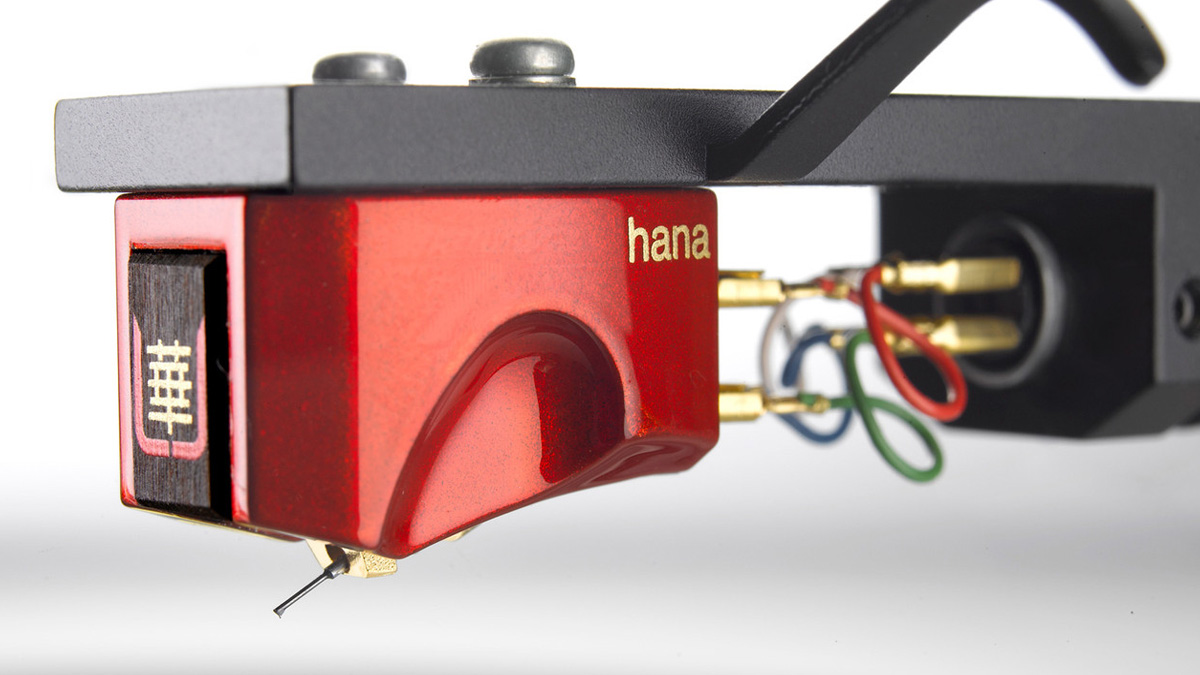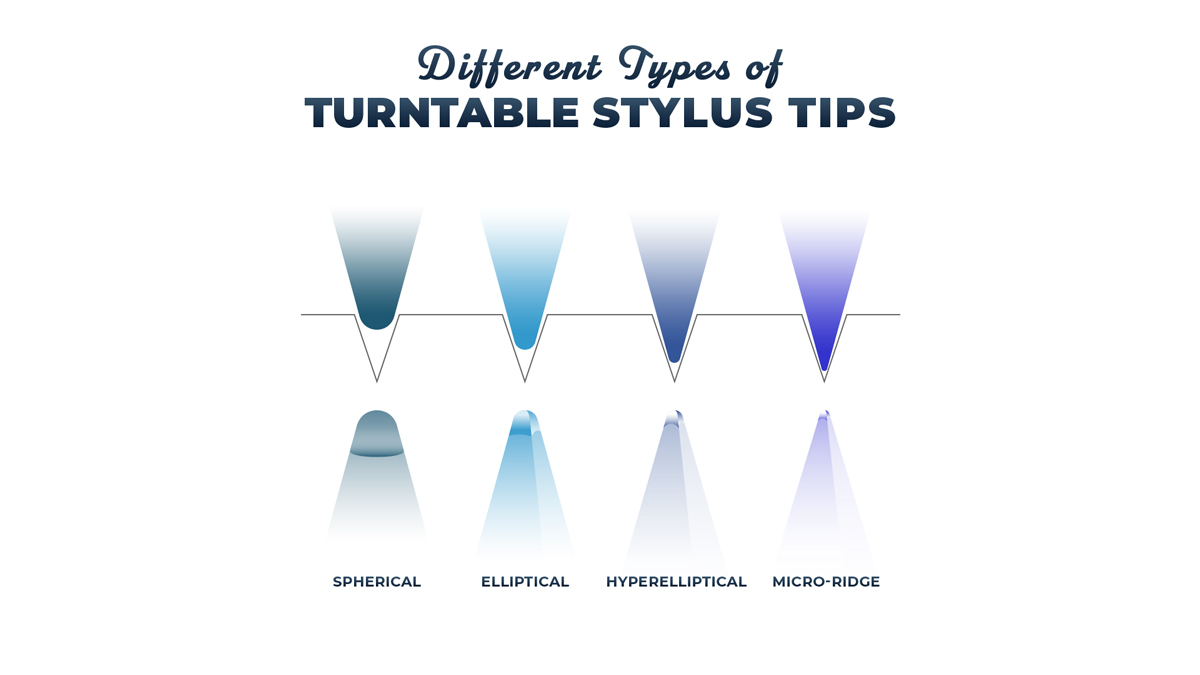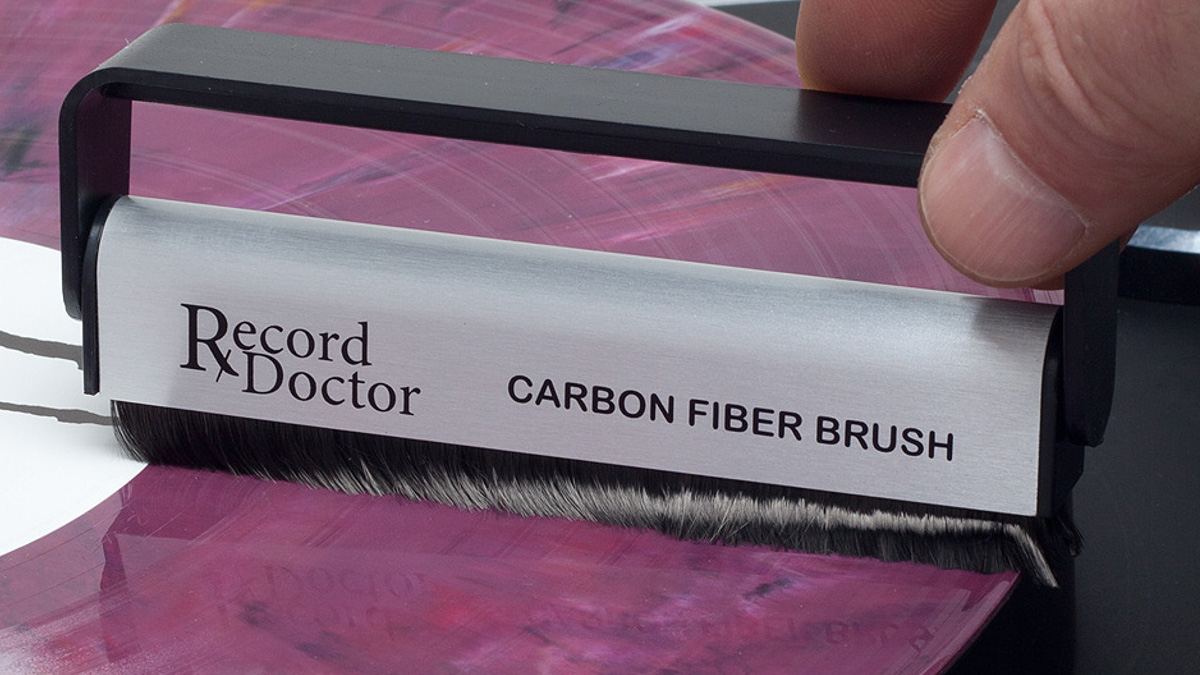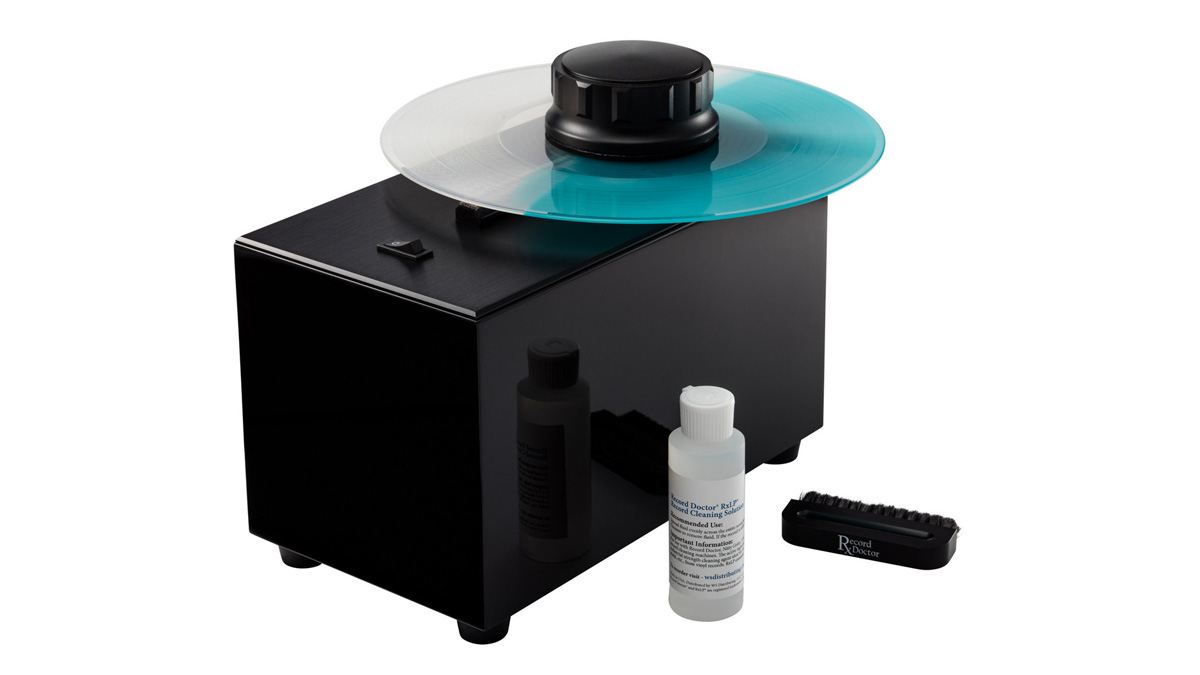Turntable Guide
Turntables, the icons of analog audio, have stood the test of time. Despite the rise of digital and streaming, a resurgence of interest in tangible music experiences has brought millions back to the analog world. Whether you’re a seasoned audiophile or a newcomer, this article provides Turntables 101 to help you find the perfect turntable and offers some recommended favorites.
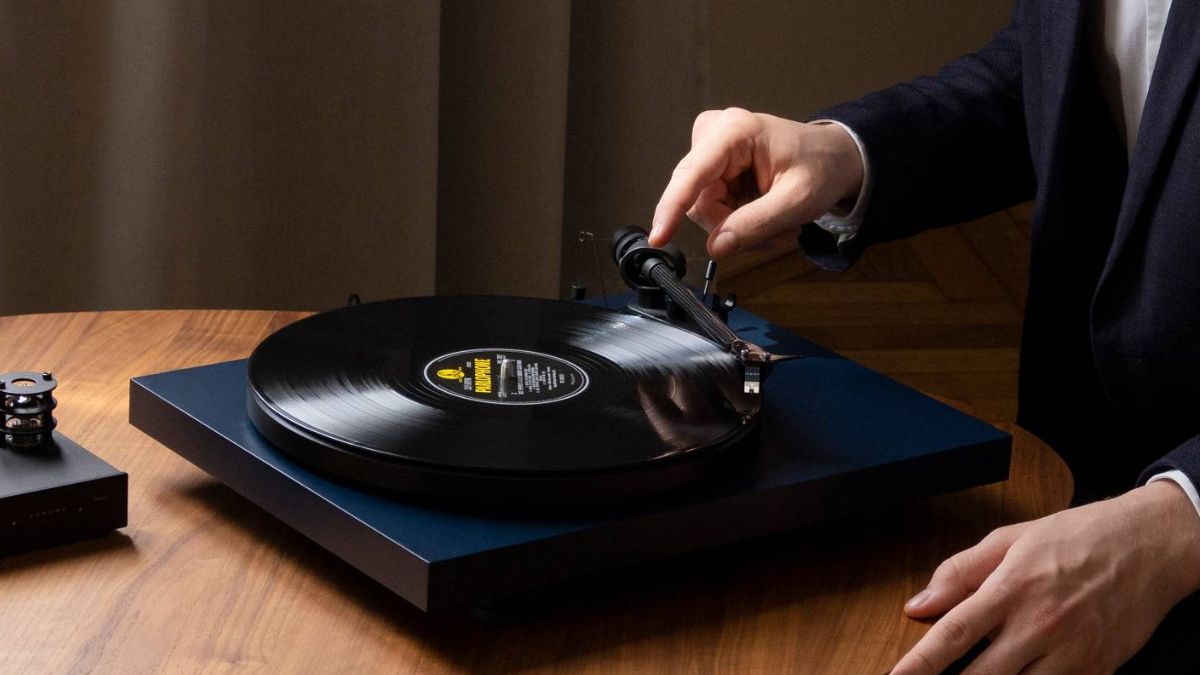
Turntables are a fascinating type of record player that has been around since the early 1900s. They are designed to play vinyl records, a type of analog audio storage medium first introduced in the late 1800s. Turntables are a unique and important part of the history of recorded music, and they continue to be used by audiophiles and music enthusiasts worldwide. While turntables may seem simple at first, the truth is that they are far from it and have several key components that all work together. Understanding the function of each part is crucial in maintaining and optimizing the performance of a turntable.
Turntable vs Record Player
Turntables and record players are both designed to play vinyl records. However, turntables are a more advanced type of record player that is specifically designed for high-fidelity audio playback. Turntables have more advanced components. Additionally, turntables tend to offer more customization options, such as adjusting speed and tracking force, which can further enhance the listening experience. Record players often include many more integrated parts and devices, such as preamplifiers and even speakers. They are sometimes used as an all-in-one option. It’s recommended to be careful when buying or using record players over turntables as they are more likely to damage vinyl records and provide a lesser quality of audio.
Plinth/Chassis
The plinth is the turntable's base, supporting all its components. It is important in turntables because it provides a stable foundation for the turntable to operate on, and it helps to reduce vibrations and unwanted noise that could affect the sound quality. High-quality plinths are typically made of dense materials such as wood or MDF, and they often feature damping materials like rubber or Sorbothane to further reduce vibrations.
Platter
The platter, which is the flat surface that rotates the record, is constructed from metal or acrylic and designed to minimize any vibration or unwanted noise that could affect the music's sound quality. They are often considered the most important part of the turntable, as it plays a crucial role in maintaining the stability and accuracy of the record's rotation. The sound reproduction of the record being played can be negatively impacted, resulting in a subpar listening experience for the user.
The most common materials used for turntable platters are metal and acrylic. Metal platters are often made of aluminum or steel and offer excellent durability and stability. Aluminum platters are lightweight and have good resonance-damping properties. Steel platters are heavier and more stable, improving speed and accuracy and reducing flutter, which is irregular movement in the platter that can cause distortion.
There are also acrylic platters which are becoming more popular due to their excellent resonance-damping properties and stylish appearance. Acrylic is a type of plastic that is known for its clarity and transparency, providing unique visual appeal to a turntable. Acrylic platters can also help reduce unwanted vibrations and noise, resulting in better sound quality and more accurate speed.
Other less common materials used for turntable platters include glass, ceramic, and wood. Glass and ceramic platters can offer good resonance-damping properties and unique aesthetics, but they can also be fragile and prone to cracking or breaking. Wooden platters can provide a warm and natural sound quality but can also be prone to warping and require more maintenance than other materials.
Motor
Turntable motors are an essential aspect of turntables, as they are responsible for driving the rotation of the platter. The motor's quality and design can significantly impact the turntable's overall sound quality. For instance, an improperly designed or poorly maintained motor can cause unwanted vibrations and noise, affecting the turntable's overall sound quality.
One type of motor commonly found in turntables is the AC synchronous motor. This motor operates by synchronizing with the frequency of the AC power supply, providing a stable and consistent rotation speed. Another type of motor is the DC motor, which is often more precise and can offer greater speed control than AC motors. However, DC motors can be more expensive and require more maintenance.
Proper maintenance and care of the motor can help ensure optimal performance and longevity of the turntable. Regular cleaning and lubrication of the motor can help prevent wear and tear and ensure smooth and consistent operation.
Belt Drives vs Direct Drives
While motors are the actual component that controls the speed, drives determine how they do this. There are two main types of turntables: belt drive and direct drive. Belt drive turntables use a belt to connect the motor to the platter. The belt absorbs motor vibrations and prevents them from interfering with the platter's rotation. This results in less noise and better sound quality. Belt drive systems mechanically isolate the platter from motor vibrations and electronic interference. However, belt drive turntables may have a slower start-up time and may not be suitable for DJs or other applications that require quick start and stop times.
Direct-drive turntables use a motor that is directly connected to the platter. This results in faster start-up times and greater torque, making them suitable for DJs and other applications that require quick start and stop times. Direct-drive turntable require less maintenance than belt-drive systems. There is no belt to stretch or wear out. However, direct-drive turntables may be more prone to motor vibrations, affecting sound quality. They may also be more expensive than belt drive turntables.
Tonearm
The arm connects the cartridge and stylus to the record. It can be easy to disregard the tonearm as just a simple part of the tonearm. However, they are advanced tech pieces that require a bit of explaining. Its primary function is to move across the record to read the grooves, allowing the stylus to pick up the vibrations and transmit them to the cartridge. These complex mechanisms require precision engineering to ensure the stylus stays in contact with the record while minimizing any damage to it.
Their shape and length can affect the sound quality and usually come in straight, S-shaped, and J-Shaped. Well-designed tonearms ensure the stylus maintains proper contact with the record groove, resulting in more accurate tracking and better sound reproduction. The materials used in the tonearm can also affect the sound quality, with modern turntables often featuring advanced materials like carbon fiber or titanium to reduce distortion and improve fidelity.
“Well-designed tonearms ensure the stylus maintains proper contact with the record groove, resulting in more accurate tracking and better sound reproduction.”
It isn’t just their materials, shape, and length that matter. Tonearms have to utilize a counterweight to maintain the tracking force and pressure. The recommended tracking force can vary depending on the type of cartridge and stylus being used, so it is important to consult the manufacturer's instructions for specific recommendations. There is also the vertical tracking angle (VTA) which refers to the angle at which the stylus contacts the record surface. Incorrect VTA can affect sound quality, leading to issues like sibilance or misaligned frequency response. Some turntables allow you to adjust VTA, but not all models offer this feature.
One more mechanic necessary to understand tonearms is the anti-skate force (the sideways force that counteracts the inward pull of the groove). Properly setting the anti-skate is essential for maintaining the right balance between good tracking and minimizing record wear. Different turntable models may have different specifications for these settings, so it's essential to consult the user manual or manufacturer's guidelines.
Cartridge
The part that holds the stylus and converts the mechanical energy of the stylus into an electrical signal is called the cartridge. The cartridge comprises a few different components that work together to produce the sound we hear. One of these components is a magnet, which generates a magnetic field. When the stylus moves across the record, it creates mechanical energy that is then converted into an electrical signal by the interaction between the magnet and a coil.
There are a few types of cartridges to pay attention with the first two being much more common across the High Fidelity space. The first one is Moving Magnet (MM) cartridges which use a magnet to generate a magnetic field, which is converted into an electrical signal by interacting with a coil. Its reverse is the Moving Coil (MC) cartridge that creates an electrical signal directly by moving a coil across the record's grooves, offering better sound quality but at a higher cost.
There are two lesser know and less used types of cartridges. The first is Moving Iron (MI) cartridges that use magnetic and iron properties to balance sound quality and affordability. The other is Ceramic cartridges which use piezoelectric crystals to convert mechanical energy to electrical signals, providing lower sound quality but at a lower cost.
Stylus
The needle, also known as the stylus, is a small but crucial component of the record player. It is typically made of diamond, a hard and durable material that can withstand the pressure of the grooves in the vinyl. The needle follows the physical grooves as the record spins, tracing the undulations and vibrations that make up the musical recording. It is essential to ensure the needle is in good condition and properly aligned with the record to achieve the best possible sound quality. Turntable styli can come in various shapes, including:
- Spherical: A spherical stylus has a round shape and is the most common type. It has a large contact area with the record groove, which can result in more surface noise and less precise tracking.
- Elliptical: An elliptical stylus has a slightly oval shape and a smaller contact area with the record groove. This can result in less surface noise and more precise tracking, making it a popular choice for audiophiles and music enthusiasts.
- Microline/Microridge: A microline stylus, also known as a Shibata stylus, has a very narrow and pointed shape. It has a smaller contact area with the record groove, resulting in even less surface noise and more precise tracking than an elliptical stylus. However, it can be more expensive and delicate to maintain.
- Hyperelliptical: A hyperelliptical stylus has a shape between an elliptical and a microline stylus. It has a larger contact area than a microline stylus but a smaller contact area than an elliptical stylus. This can result in a balance between surface noise and tracking precision.
- Line Contact: A line contact stylus has a very narrow and long shape, with a contact area that is even smaller than a microline stylus. This type of stylus is known for its exceptional tracking ability and fidelity, but it can be very delicate and expensive.
The stylus's shape can significantly affect a turntable's sound quality and tracking ability, and they can be made from various materials, but diamond and sapphire are the most common. Diamond is the most popular material due to its hardness and durability, allowing it to accurately maintain its sharp tip and track the record's grooves. Sapphire is also a popular material due to its durability and low cost, but it is not as hard as diamond and may wear down more quickly. Other less common materials used for styli include boron, titanium, and ruby.
Speed Control
The mechanism that controls the platter's speed is a crucial component of the record player. When the platter rotates at the correct speed, the record is played accurately, and the music sounds as it was intended. Different types of record players may use different mechanisms to achieve this, but the goal is always the same: to play the record at the correct speed and preserve the integrity of the music. Additionally, some record players may have multiple settings for different record sizes or speeds, which the mechanism can adjust manually or automatically to ensure optimal playback. Keep reading to find out more about record sizes and speed.
Pitch Control
Typically found in higher-end turntables such as the Technics SL-1200MK7, this mechanism is a highly advanced technology designed to adjust the platter's turntable speed to fine-tune the pitch. This cutting-edge enhancement gives the user greater control over the playback speed, enabling them to adjust it slightly to match the music's key or achieve the desired effect. In addition, this technology has revolutionized the way DJs and music producers work, providing them with greater flexibility and control over the music they produce.
Anti-skate
Anti-skate is a mechanism designed to prevent the stylus from being pushed too hard into the record groove, which can cause distortion and damage to the record. It works by applying a force that counteracts the stylus's tendency to move toward the center of the record. This force is typically adjustable, allowing the user to fine-tune it to match the turntable's specifications and ensure optimal sound quality. By properly adjusting the anti-skate mechanism, users can improve the overall sound quality of their turntable and reduce the risk of damaging their records.
Accessories
Record clamps and weights are accessories that can be used with turntables to help maintain the stability of the record during playback. They work by applying pressure to the center of the record, which helps to flatten any warps or imperfections. This can result in a more stable and accurate playback of the record. Isolation accessories can help keep the turntable platter and vinyl record level. They work by removing the turntable from external vibrations that may affect the record's sound quality. Mounts and platforms are larger and provide more surface area for the turntable to sit on, while isolation feet are typically small feet that attach to the bottom of the turntable and absorb any vibrations transmitted through the surface it is placed on.
These accessories can help improve the sound quality of a turntable and vinyl record playback by reducing unwanted noise and vibrations. However, it is important to note that they may not be necessary for all turntables and setups, and their effectiveness can vary depending on the specific equipment and environment they are used in.
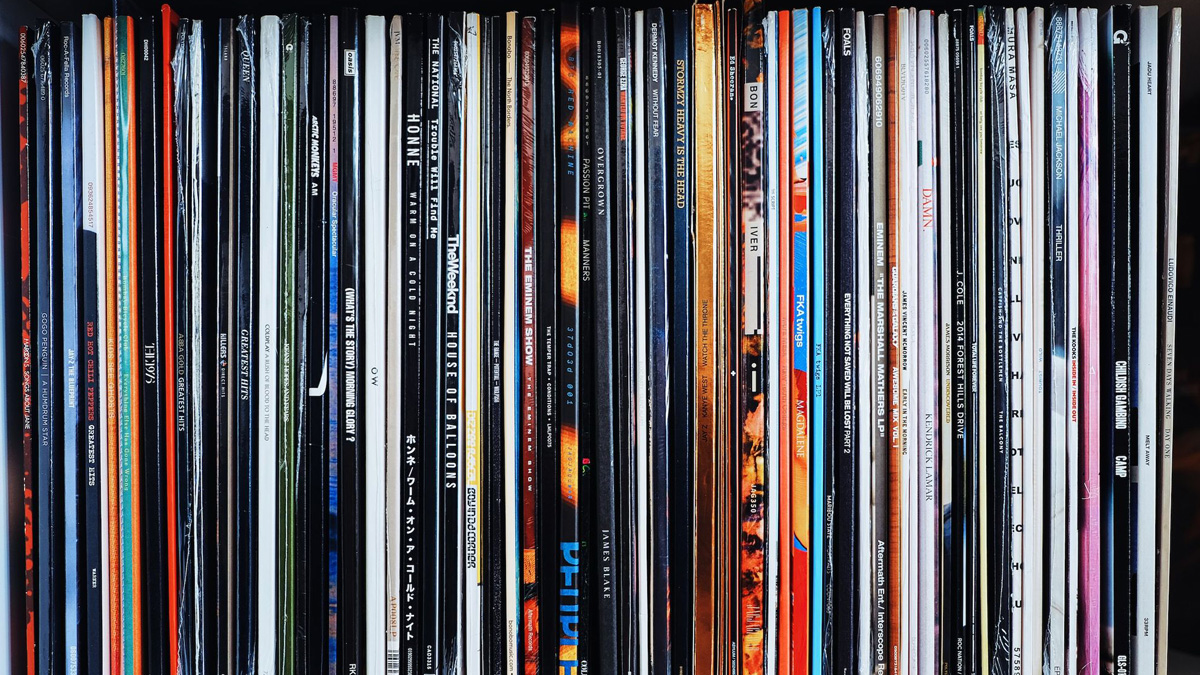
Features and Other Variations
Audiophiles often prefer vinyl over other audio sources, such as CDs or streaming, for a few reasons. Firstly, vinyl records offer a unique and warm sound quality that many people find more pleasant to listen to than digital music. Vinyl records are also known for their dynamic range, which is the difference between the loudest and softest sounds on a recording. This dynamic range is often compressed in digital music, resulting in a less natural and less enjoyable listening experience. Additionally, vinyl records offer a tactile and tangible experience that digital music cannot match. The act of physically handling a record and placing it on a turntable cannot be understated as a fulfilling and gratifying part of vinyl and turntables. Finally, some audiophiles appreciate the nostalgia and history associated with vinyl records, which have been around for over a century and have played a significant role in the evolution of music consumption.
Vinyl Size and Speed Changing
Vinyl records come in three different sizes, including 7-inch, 10-inch, and 12-inch, each with their own unique sound quality and characteristics. The 7-inch vinyl record is the smallest and typically holds one song on each side, while the 10-inch and 12-inch records can hold multiple songs. Additionally, vinyl records have different speeds, including 33 1/3, 45, and 78 RPM, with each speed affecting the record's sound quality and playback time. It is worth noting while most modern turntables have a switch to change between the different speeds of vinyl records, older turntables may require manual adjustments to properly play certain records.
“Most modern turntables have a switch to change between the different speeds of vinyl records, older turntables may require manual adjustments to properly play certain records.”
Automatic vs Manual
Automatic turntables have a mechanism that automatically lifts the tonearm and places it on the record, as well as returning the tonearm to its resting position and shutting off the motor when the record is finished. This convenient function allows you to kick back and relax for longer when listening to vinyl. However, automatic turntables tend to have more moving parts and can be more prone to malfunction or wear and tear over time. They also tend to be more expensive than manual turntables. Manual turntables require the user to manually lift and place the tonearm on the record and return it to its resting position when it is finished. This can be time-consuming and requires more attention from the user. However, manual turntables tend to be more reliable and durable over time, with fewer moving parts that can break or wear down. They also tend to be less expensive than automatic turntables.
Added Features
While the debate has always raged about integration vs separation, it is no secret that turntables are becoming increasingly more integrated with added features such as full automation, Bluetooth, and more. Another example is that some turntables now have the ability to output a digital signal via USB, allowing you to record your vinyl collection onto your computer. This is a great feature for those who want to preserve their records while also having the convenience of digital music. In addition, some turntables now come with built-in preamps (which are essential to listening to vinyl audio). With this feature, you no longer need to purchase a separate preamp for your turntable. The added features of turntables have made them more versatile and user-friendly, allowing you to enjoy your vinyl collection in new and exciting ways.
Care Tips
There are several important steps to follow to keep your turntable and records in top-notch condition and extend its lifespan. Keeping the platter and stylus clean is crucial, and this can be done in a couple of ways.
- Carbon fiber brushes will remove dust and any debris or particles that may have accumulated on the record and stylus. This will protect the stylus from damage caused by dirt or grime.
- Using a stylus cleaning solution and brush is recommended to clean the stylus regularly. This will help maintain its accuracy and ensure the music is correctly played without the unpleasant alterations that come with dust and debris.
- There are also covers that provide a significant barrier in keeping turntables clear of distortion-inducing particles. When necessary, a soft, anti-static cloth or feather duster works well for the chassis and platter.
- For belt drives, the belt may need care on occasion. To do this, carefully remove the belt following the manufacturer's guidelines, and then wipe it clean with a soft cloth and a little water. For tougher grime, a drop of alcohol is sufficient.
Regarding vinyl, there are a number of different ways to keep your records in the best condition. One of the most important parts of vinyl maintenance is regular cleaning. Fortunately, there are a variety of cleaning solutions available for vinyl records. These solutions come in many forms, including sprays and wipes. Some are designed to be used in conjunction with a brush, while others are meant to be applied directly to the record's surface.
There are also record-cleaning machines of various types, including manual, semi-automatic, and fully automatic machines. Manual machines require the user to apply and remove cleaning solutions with brushes or cloths manually. Semi-automatic machines use a motorized brush to clean the record, but the user must still apply and remove the cleaning solution. Fully automatic machines handle the entire cleaning process, including applying and removing cleaning solution and drying the record. These machines typically have built-in vacuum systems to remove dirt and debris from the grooves.
Cleaning your vinyl records is important to maintaining your turntable and ensuring optimal sound quality. By following these steps and using the right products, you can keep your records in great condition and enjoy your vinyl collection for years to come.
Why Choose Vinyl?
Turntables and vinyl records offer a unique listening experience that digital music cannot replicate. While they may require more effort and care to maintain, many audiophiles find the warm sound quality, dynamic range, and tactile experience of vinyl to be worth the extra effort. By properly caring for your turntable and selecting the right one for your needs, you can enjoy the benefits of vinyl records for years to come.
If you want to know about vinyl and turntables, check out our Intro to Audio series on our YouTube channel. We also have a full complement of useful articles, all located in our Learning Center, including an expansive A-Z Hi-Fi Glossary and more.

